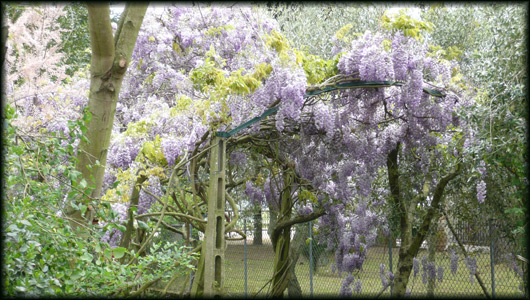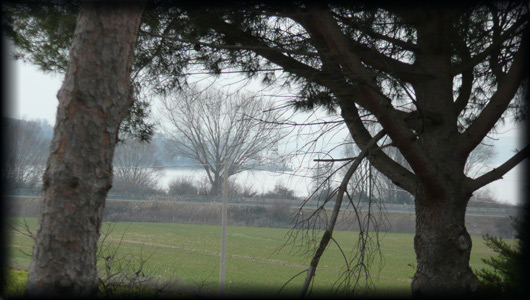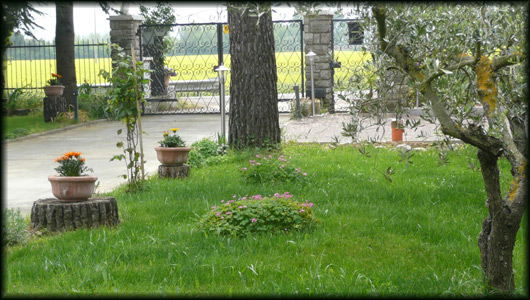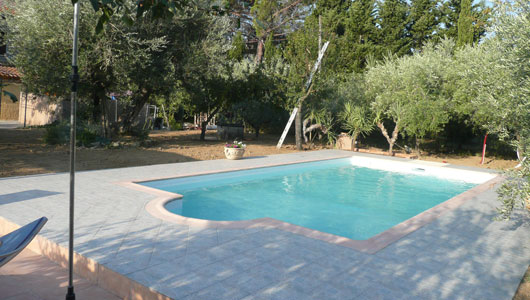Events and Place to visit
Excursions
Concerts
Theater
Exhibitions
Festivals
Events
Museums
Sanctuaries
Basilicas
Welfare
Trekking
Rafting
Video Gallery
Trasimeno Lake
Newslettersign up
Spoleto Cathedral
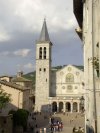
Spoleto Cathedral, also known as Duomo or Santa Maria dell'Assunta, is the main monument of the Umbrian city of Spoleto, in Italy.
The church is essentially an example of Romanesque architecture, with a naves and two aisles crossed by a transept, if subsequently modified. It was built from the second half of the twelfth century after the city had been devastated by Frederick Barbarossa's troops, over an area where previously lay a first cathedral, dedicated to San Primiano[1] and destroyed by the emperor. A notable external porch and the belfry were added in the fifteenth and sixteenth century, respectively.
The façade is divided into three bands. The lower one has a fine architraved door with sculpted door-posts. Two pulpits are provided on each side of the porch. The upper bands are separated by rose windows and ogival arches. The most striking feature of the upper façade is the mosaic portraying Blessing Christ, signed by one Solsternus (1207). The part of the belfry contemporary with the church reuses Roman and earlier Medieval elements.
The interior was significantly modified in the 17th-18th century. It has kept the original Cosmatesque floor of the central nave and the frescoed apse. The paintings of the latter were finished in 1467–1469 by Filippo Lippi and his pupils Fra' Diamante and Piermatteo Lauro de' Manfredi da Amelia: they depict scenes from the Life of the Virgin. Lippi is buried in the right arm of the transept.
Also noteworthy are the Altar Cross by Alberto Sozio, dated 1187, a Byzantine icon donated to the city by Barbarossa as a peace sign and the Pinturicchio's frescoes in the Chapel of the Bishop of Eroli. Other frescoes from the 16th century are in the next chapel. The church houses also a polychrome wood statue of the Madonna (14th century) and a Choir (16th century) with painted altar and tabernacle, in the Relics Chapel. Under the latter lies the crypt of the former cathedral of San Primiano.
source: wikipedia





